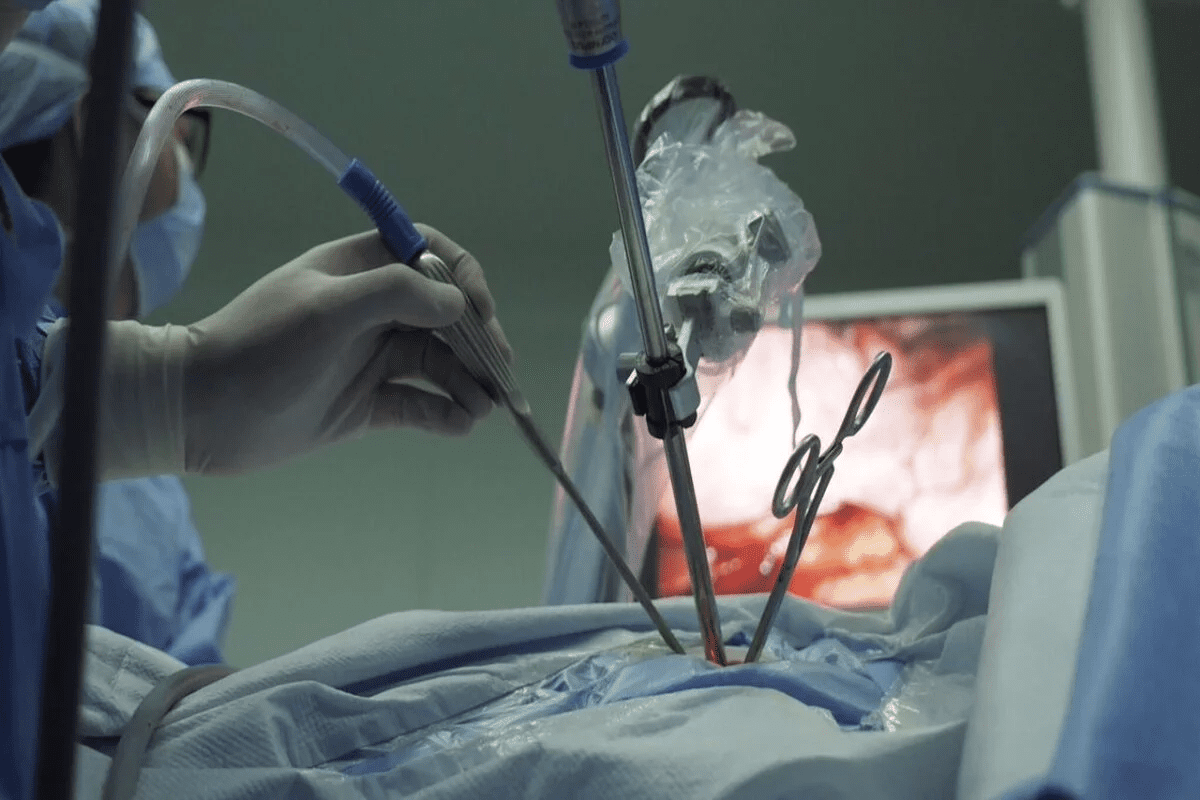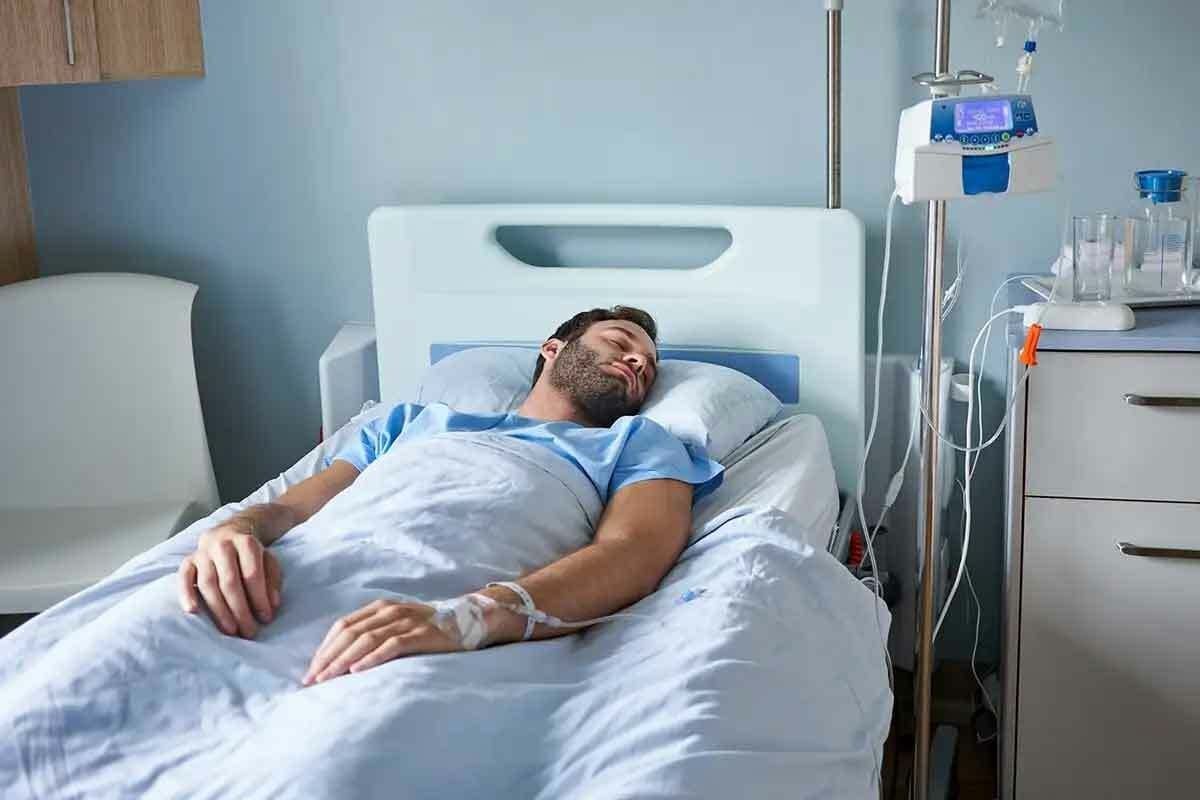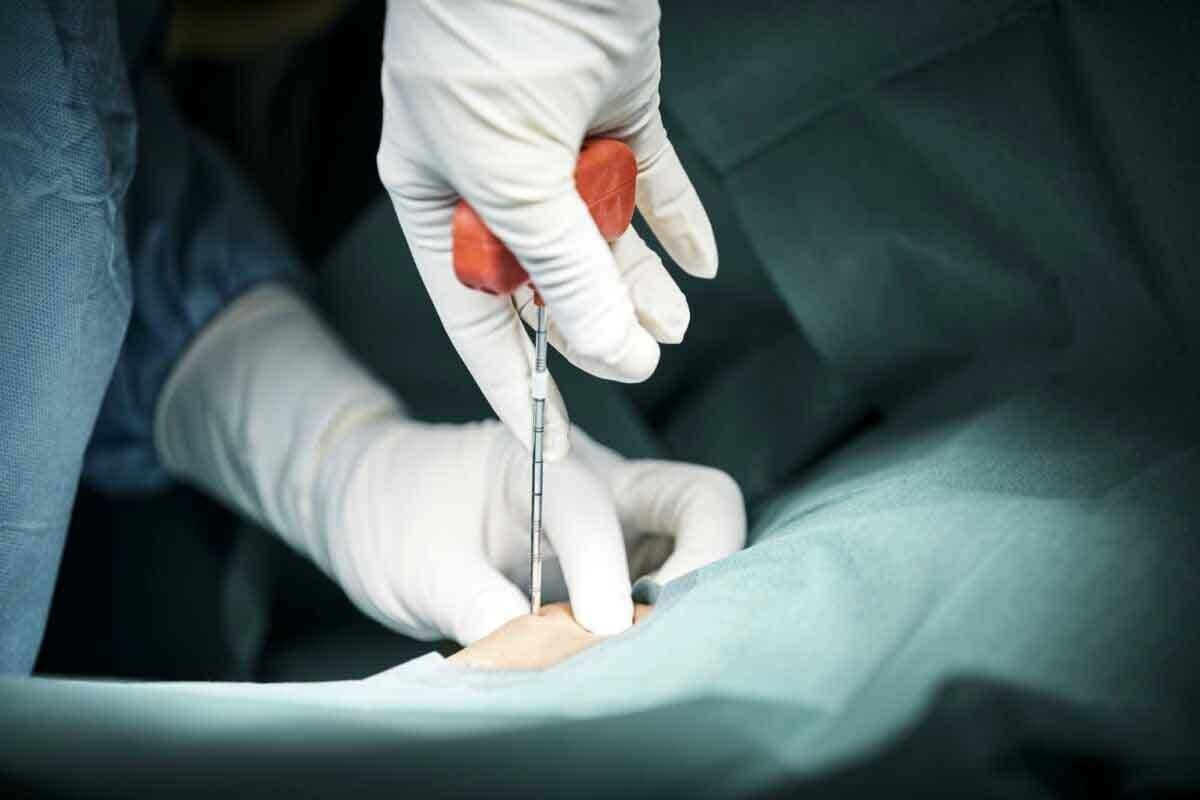Last Updated on November 27, 2025 by Bilal Hasdemir
A Positron Emission Tomography (PET) scan is a key doctor tool. It shows how the body works by looking at its metabolic activity. But, after a PET scan, patients should not be around others too much. This is because of the radioactive tracer used in the test.
The radiotracer emits a small amount of radiation. This is a worry for people around the patient. It’s mainly to protect those who are more at risk, like pregnant women and kids.
Key Takeaways
- PET scans involve injecting a radioactive tracer into the body.
- The tracer emits radiation, which can be detected by the PET scanner.
- Patients may need to limit interactions with others after a PET scan.
- The radioactive tracer can be a concern for vulnerable individuals.
- Precautions are taken to minimize radiation exposure to others.
What Happens During a PET Scan Procedure
The PET scan procedure has several important steps. PET imaging uses nuclear medicine to show how the body works. It helps doctors see what’s happening inside us.
Basic Principles of Nuclear Medicine Imaging
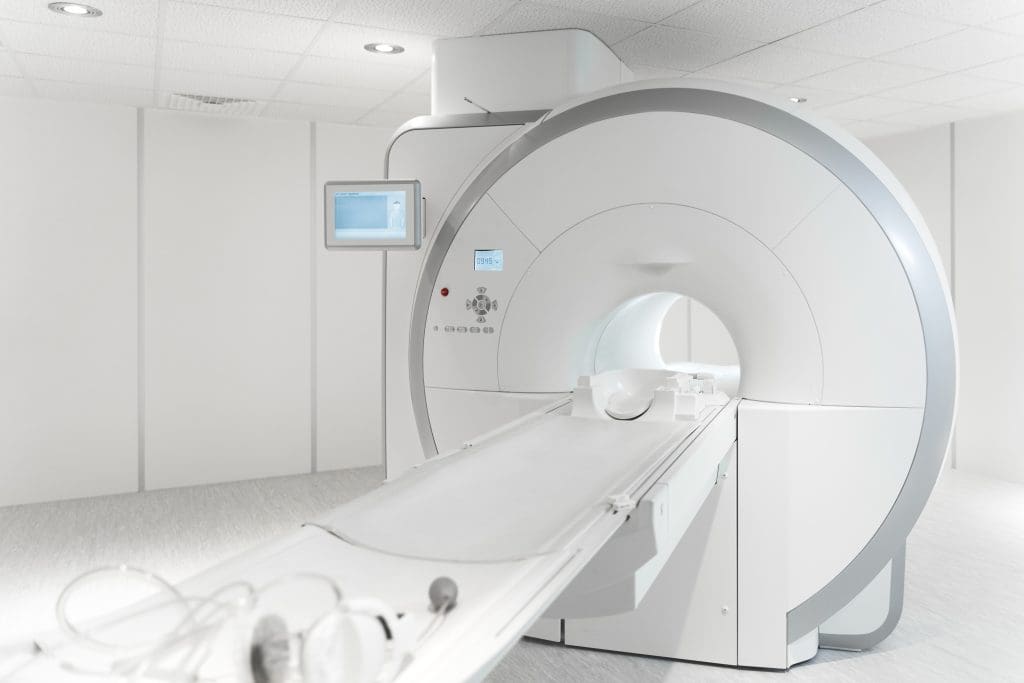
Nuclear medicine uses tiny amounts of radioactive materials, called radiotracers. These help diagnose and treat diseases like cancer and heart issues. It shows how body tissues and organs function and work.
Radiotracer Injection and Distribution
The radiotracer is injected into a vein in the patient’s arm. It goes to areas with high activity, like growing cancer cells. FDG (Fluorodeoxyglucose) is often used because it matches cell activity with glucose use.
The Scanning Process
The patient goes into the PET scanner after the radiotracer is in the body. The scanner picks up positron emissions to make detailed images. The process takes about 30-60 minutes, and the patient must stay very quiet.
The whole PET scan process is set up to get clear images. These images help doctors diagnose and treat many health issues.
Understanding PET Scan Technology and Radiation
It’s essential to know how PET scan technology works in healthcare. PET scans use positron emission tomography to show how the body’s cells work.
How Positron Emission Tomography Works
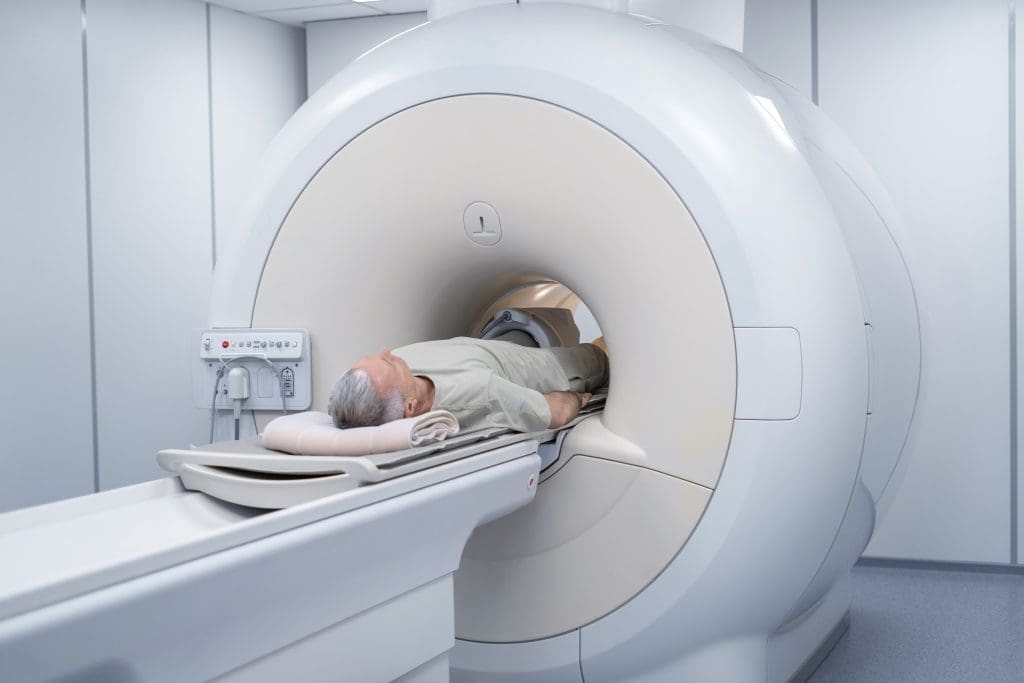
Positron emission tomography (PET) detects gamma rays from a special substance in the body. This substance, called a radiotracer, is injected into the patient. It goes to areas where cells are very active.
The PET scanner picks up these gamma rays. It then makes detailed pictures of the body’s inner workings. This is really helpful in checking for cancer, brain issues, and heart problems.
Types of Radiotracers Used in Clinical Practice
There are many types of radiotracers for PET scans, each for different uses. Fluorodeoxyglucose (FDG) is often used to find and track cancer.
Other radiotracers focus on different body processes. This lets doctors diagnose a wide range of conditions. The right radiotracer depends on the health issue being looked at.
Radiation Emission Mechanisms
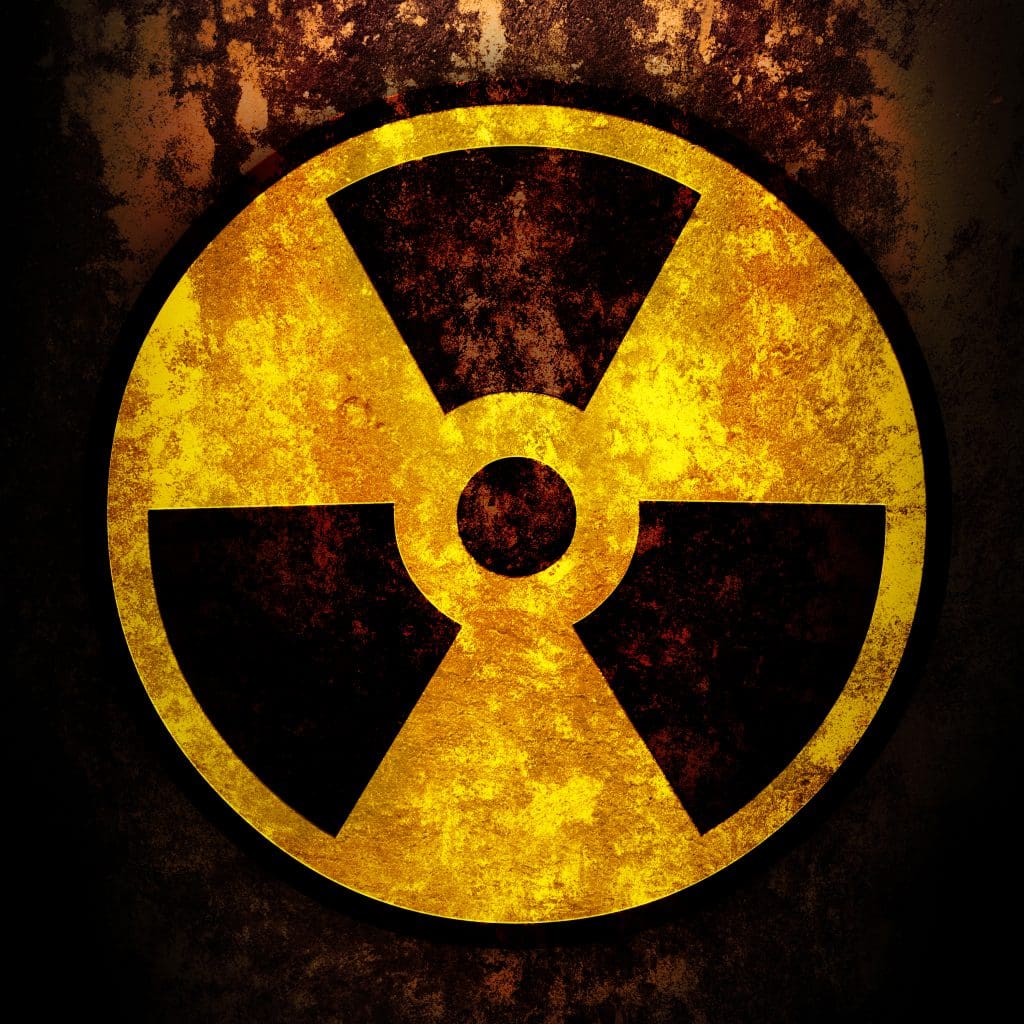
The radiation from a PET scan comes from when positrons and electrons meet in the body. This meeting creates gamma rays. The PET scanner catches these rays to make images.
Knowing how radiation works in PET scans helps us see its good and bad sides.
The Science Behind Post-PET Scan Radiation
The science of post-PET scan radiation deals with how radiotracers act in the body. A tiny amount of radiotracer is given to the patient during a PET scan. This radiotracer sends out positrons, which meet electrons and create gamma rays. These rays are what the PET scanner catches.
Half-life of Common PET Radiotracers
Understanding half-life is key to grasping post-PET scan radiation. Half-life is the time it takes for half of a radiotracer to break down. For example, Fluorodeoxyglucose (FDG) has a half-life of about 110 minutes. This means after 110 minutes, half of the FDG will have decayed, cutting the radiation in half.
How Radiation is Processed and Eliminated by the Body
The body gets rid of the radiotracer in different ways. It mainly goes through the urinary system, but also through feces and sweat. How fast it’s eliminated depends on the radiotracer type, the patient’s metabolism, and health.
Measuring Residual Radiation Levels in Patients
Doctors use a Geiger counter to check how much radiation is left in patients. This helps them know how much radiation is in the body. It also guides them on how to keep others safe from too much radiation.
Knowing about radiotracer half-life, how the body gets rid of it, and how to measure leftover radiation helps patients. It helps them understand and stay safe from radiation after a PET scan.
Why Patients Emit Radiation After a PET Scan
After a PET scan, patients emit radiation due to radioactive decay in their bodies. A small amount of radiotracer is injected during the scan. This radiotracer builds up in specific areas, like tumors, for detailed images.
Radioactive Decay Process in the Body
The radiotracer in PET scans has a radioactive isotope that decays. This decay releases positrons, which then collide with electrons. This collision creates gamma radiation.
The radiotracer’s half-life measures the decay rate. As it decays, the radiation it emits decreases. The body also gets rid of the radiotracer, lowering radiation levels further.
Duration of Radioactivity After Different Tracers
Tracers have different half-lives, affecting how long they stay radioactive. For instance, Fluorodeoxyglucose (FDG) has a half-life of about 110 minutes. After 5.5 hours, the radiation drops to about 12.5% of the original amount.
Other tracers may last longer or shorter, changing how long radiation is emitted. Knowing these differences is key to staying safe after a PET scan.
Routes of Radiation Exposure to Others
Patients can release radiation through urine, feces, and sweat. The main way others get exposed is by being close to the patient. The closer you are, the more radiation you get, following the inverse square law.
To reduce exposure, patients should keep their distance from others. This is important for those who are more vulnerable, like pregnant women and kids. They should also practice good hygiene.
Safety Protocols: Why Distance is Required
Keeping a safe distance from others after a PET scan is key to radiation safety, as patients emit small amounts of radiation after a scan. This can expose others nearby.
Inverse Square Law of Radiation Exposure
The inverse square law is vital in understanding radiation. It shows that radiation intensity drops with the square of the distance. This means doubling the distance halves the exposure.
For instance, at 1 meter, a patient’s radiation level is a certain amount. Moving further away significantly lowers this level. This is important in places where people are close, like at home or in public.
ALARA Principle in Radiation Safety
The ALARA principle aims to keep radiation doses low. It suggests taking all reasonable steps to minimize exposure. This includes using distance and other safety measures.
- Implementing distance as a safety measure is part of the ALARA principle.
- Use shielding when possible.
- Limiting the time of exposure.
Following the ALARA principle helps protect patients and those around them from radiation.
Scientific Basis for Recommended Distance Guidelines
The distance guidelines after a PET scan depend on the tracer’s radioactive decay. Different tracers have different half-lives, affecting how long a patient is radioactive.
Studies suggest keeping at least 1 meter (about 3 feet) away from others to reduce exposure. But specific guidelines can vary based on the tracer and pthe atient’s health.
Key considerations include:
- The type of radiotracer used for the PET scan.
- The patient’s overall health and ability to follow safety guidelines.
- The environment in which the patient will be spending time post-scan.
By following these guidelines, patients can reduce radiation exposure to others. This ensures safety and adherence to the ALARA principle.
Specific Post-PET Scan Safety Guidelines
After a PET scan, patients should follow safety rules to protect others from radiation. They emit small amounts of radiation, which can worry those around them.
Standard Precautions for All Patients
All PET scan patients should take steps to lower radiation risks. These steps include:
- Avoid close contact with others, like children and pregnant women, for a while.
- Maintain good hygiene by washing hands well after using the bathroom.
- Follow specific guidelines given by the healthcare team or the nuclear medicine department.
Time-Based Safety Recommendations
The time patients need to follow safety rules depends on the radiotracer used. The half-life of the radiotracer tells us how long the patient stays radioactive.
For PET scans using Fluorodeoxyglucose (FDG), the safety period is usually 6 to 12 hours. During this time, patients should:
- Keep their distance from others.
- Do not share food or drinks.
- Practice good hygiene.
Distance and Shielding Considerations
Keeping a safe distance and using shields are key to lowering radiation risks. The inverse square law shows that radiation drops with the square of the distance. So, staying far from others helps a lot.
In some cases, using shields is advised, like for pregnant women and kids. Patients should listen to their healthcare provider about safe distances and any shielding needed.
Special Considerations for Vulnerable Populations
Vulnerable groups, like pregnant women and the elderly, must take extra steps after a PET scan. This is to lower the risk of radiation harm. These groups might be more at risk because of their age or health.
Precautions Around Pregnant Women and Infants
Pregnant women should know that PET scan radiation can affect their unborn babies. It’s essential to follow the advice of healthcare experts to reduce exposure. Babies and young kids are also at higher risk, so it’s best to keep a safe distance for a while.
- Keep a safe distance from infants and pregnant women for at least 24 hours after the scan.
- Avoid activities like hugging or holding for a long time.
Guidelines for Interactions with Children
It’s important to balance family time with safety around children after a PET scan. Simple steps can significantly reduce risks.
- Limit time spent with children, keeping a safe distance.
- Use barriers or keep a distance when possible.
- Follow specific advice from your healthcare provider on safe times to interact.
Safety Measures for the Elderly and Immunocompromised
Older people and those with weakened immune systems need extra care after a PET scan. Following post-scan instructions is key to keeping them safe and those around them.
- Practice good hygiene to avoid infections.
- Avoid crowded places or areas with health risks.
- Stay in touch with healthcare providers for any concerns or symptoms.
Following these precautions can lower the risks from PET scan radiation. This makes a safer space for everyone, but it’s even more important for vulnerable groups.
Managing Bodily Fluids After a PET Scan
After a PET scan, it’s essential to manage bodily fluids to avoid exposing others to radiation. The scan uses a radiotracer that makes your fluids radioactive.
Radioactivity in Urine and Other Excretions
The radiotracer mainly goes out through urine. It’s also found in sweat, saliva, and feces. As your body breaks down and gets rid of the tracer, the radioactivity in these fluids goes down.
Key points to consider:
- Urine is the main way the radiotracer leaves your body.
- Sweat, saliva, and feces may also have some of the tracer.
- The radioactivity will lessen as your body gets rid of the tracer.
Bathroom Hygiene Protocols
To keep others safe from radiation, follow specific bathroom hygiene rules.
Recommended practices include:
- Flush the toilet twice after each use to get rid of the tracer.
- Wash your hands well with soap and water after using the bathroom.
- Don’t touch urine or other fluids on toilet seats, handles, or nearby areas.
Duration of Bodily Fluid Precautions
The time you need to take precautions depends on the radiotracer’s half-life. Most PET scans use Fluorodeoxyglucose (FDG), which has a short half-life.
Usually, you should follow precautions for 24 to 48 hours after the scan. This lets the radioactivity in your fluids decrease a lot.
Knowing and following these rules can reduce radiation exposure to others. This makes sure everyone stays safe and healthy.
Practical Daily Life After Your PET Scan
After a PET scan, you need to change your daily life. This is to keep you and those around you safe. It’s important to follow rules that lower radiation exposure to others.
Transportation Considerations
Patients can usually take public transport or drive home after a PET scan. But it’s best to avoid being too close to others, like in cars or buses. Sitting in a less crowded area or wearing a mask can help.
Workplace and Public Space Guidelines
Going back to work or public places should be done carefully. Most patients won’t pose a risk to others with their radiation levels. But, it’s wise to avoid close contact with pregnant women, infants, and young children for the rest of the day. Keeping a safe distance from others in public can also help.
Home Safety Measures
At home, there are easy steps to take. Flushing the toilet twice after use helps lower radioactive tracers in the sewage. Also, wash hands thoroughly after using the bathroom. For the first 24 hours, try to avoid touching family members, like those who are pregnant or young children.
By following these tips, you can greatly lower the risk of radiation exposure to others. Always talk to your healthcare team for advice that fits your situation.
Comparing PET Scan Radiation to Other Imaging Procedures
Diagnostic imaging procedures vary in their radiation exposure. Knowing these differences helps us make better choices. When we get tested, we worry about radiation. Comparing PET scans to other imaging can ease these worries.
PET Scan vs. CT Scan Radiation Exposure
PET and CT scans both use radiation but in different ways. PET scans use a radioactive tracer to find active areas in the body. CT scans use X-rays to see inside the body.
PET scans usually have lower radiation than CT scans. A PET scan’s radiation is about 4 to 7 millisieverts (mSv). A CT scan of the abdomen and pelvis can be 10 to 20 mSv.
PET Scan vs. MRI and Ultrasound
MRI and ultrasound don’t use ionizing radiation. MRI uses a magnetic field and radio waves. Ultrasound uses sound waves.
These methods are safer than PET and CT scans. But, MRI and ultrasound have their limits. MRI isn’t good for lung images, and ultrasound might not show details as well as CT or PET scans.
Contextualizing Radiation Risks in Medical Imaging
It’s important to understand the risks of radiation in medical imaging. Imaging is key for diagnosing and treating many conditions. The benefits usually outweigh the risks.
The chance of harm from radiation, like cancer, is low for most tests. But, doctors should only use these tests when needed. They should also try to use less radiation.
In summary, knowing how different imaging tests use radiation helps us make better choices. PET scans use some radiation, but they’re often used with other tests for a full diagnosis.
Common Misconceptions About Post-PET Scan Radiation
Many people, including patients and their families, have wrong ideas about PET scan radiation. The real risks are often misunderstood, causing fear and worry. It’s important to clear up these myths to give accurate info and ease concerns.
Debunking Radiation Myths
One myth is that patients stay radioactive for a long time after the scan. But, the tracer used in PET scans has a short half-life, from a few minutes to hours. For example, 18F-FDG, a common tracer, has a half-life of about 110 minutes.
Other myths include:
- Thinking PET scan radiation is very high and dangerous for others.
- Believing patients must stay isolated for a long time after the scan.
- Thinking all body fluids are very radioactive after a PET scan.
Understanding Actual Risk Levels
The real risks from PET scan radiation are low. The radiation exposure to others is usually small. Most patients don’t pose a big risk to family, caregivers, or the public.
To understand better:
- PET scan radiation is similar to or a bit more than a CT scan’s.
- A typical 18F-FDG PET scan’s effective dose is about 7-10 mSv.
- The radiation exposure drops fast because of the tracer’s short half-life and the body’s elimination.
Scientific Perspective on Secondary Exposure
Secondary exposure is when others get radiation from being near a patient who had a PET scan. Studies show this risk is usually low, as long as precautions are taken.
Some important points are:
- Being close to family and caregivers is generally safe, with little risk of high radiation exposure.
- The risk of secondary exposure goes down fast as you move further away, following the inverse square law.
- Simple steps like keeping a safe distance and avoiding close contact for a few hours can lower the risk of secondary exposure.
Knowing the facts about PET scan radiation and secondary exposure helps patients and their families make better choices. It also reduces unnecessary worry.
The Clinical Benefits of PET Scan Imaging
PET scan imaging is a key tool in modern medicine. It shows how cells work, helping doctors diagnose and treat diseases. This makes it very important for health care.
Diagnostic Advantages in Oncology
PET scans, like those using Fluorodeoxyglucose (FDG), have changed oncology. They spot cancer, see how far it has spread, and check if treatments work. The National Cancer Institute says PET scans help find out how much cancer is in the body.
Key benefits in oncology include:
- Early detection of cancer recurrence
- Accurate staging of cancer
- Assessment of treatment response
Neurological and Cardiac Applications
PET scans are also useful in neurology and cardiology. They help find and manage diseases like Alzheimer’s and epilepsy by looking at brain activity. In cardiology, they check how well the heart works, helping decide on treatments for heart disease.
“PET imaging has emerged as a powerful tool for assessing myocardial viability and perfusion, thereof playing a critical role in the management of coronary artery disease.” –
American Heart Association
Risk-Benefit Analysis of Radiation Exposure
PET scans use radiation, but the benefits are often greater than the risks. The dose from a PET scan is usually 4 to 7 mSv for FDG scans. This small amount of radiation is worth it for the detailed information it provides.
The risk-benefit analysis involves considering factors such as:
- The severity of the condition being diagnosed or managed
- The availability of alternative diagnostic methods
- The impact of PET scan results on treatment decisions
In summary, PET scan imaging offers big benefits in diagnosing diseases in oncology, neurology, and cardiology. While there are risks from radiation, the benefits often make PET scans a good choice for doctors.
What Your Doctor Should Tell You About Post-Scan Safety
Talking about post-scan safety with your doctor is key to avoiding risks from PET scan radiation. It’s important for patients to know how to stay safe and protect others.
Essential Information for Patients and Caregivers
After a PET scan, it’s important for patients and caregivers to know the basics of safety. They should understand how long the radiotracer stays in the body and its effects on those nearby.
- Understand the half-life of the radiotracer used.
- Be aware of the recommended distance to maintain from others.
- Follow guidelines for interacting with vulnerable populations, such as pregnant women and children.
Clear communication from healthcare providers is key. It helps patients follow safety guidelines and avoid exposing others.
Questions to Ask Before Leaving the Facility
Patients should ask questions about their care after the scan. Important questions include:
- What are the specific safety precautions I should follow after leaving the facility?
- How long should I avoid close contact with others, specially vulnerable populations?
- Are there any specific hygiene practices I should follow to minimize radiation exposure?
Being proactive in asking these questions can help reduce anxiety. It also ensures patients follow safety guidelines.
Documentation and Follow-Up Procedures
Good documentation and follow-up are key to post-scan care. Patients should get clear instructions on any follow-up appointments or extra care needs.
By making sure patients are well-informed and supported, healthcare providers can make PET scan procedures safer and more effective.
Conclusion
It’s very important to know about radiation safety after a PET scan. This is true for patients and the people around them. By following the right steps, we can all stay safe from too much radiation.
PET scan technology is very useful for doctors to diagnose diseases. But, it’s important to handle it carefully after the scan. Knowing how long the radiation lasts and how our bodies deal with it helps us stay safe.
By sticking to the safety rules, patients can protect their loved ones and caregivers from radiation. This not only meets safety standards but also makes everyone feel more at ease.
In short, knowing and following radiation safety rules after a PET scan is key. It helps keep everyone safe and healthy.
FAQ
What is a PET scan and how does it work?
A PET scan is a way to see how active your body’s cells are. It uses a tiny amount of a radioactive tracer. This tracer goes to areas where cells are very active, making detailed images.
Why do patients emit radiation after a PET scan?
After a PET scan, patients give off radiation. This is because the tracer they were given decays. It releases positrons that meet electrons in the body, creating gamma rays.
How long does the radiation last after a PET scan?
The time radiation lasts after a PET scan varies. It depends on the tracer used. Most tracers have a short half-life, from minutes to hours.
What are the safety protocols after a PET scan?
After a PET scan, patients must stay away from others. This is to keep radiation exposure low. They follow rules based on how radiation spreads out and the ALARA principle.
How should patients manage bodily fluids after a PET scan?
Patients should handle fluids like urine and feces carefully. These may have radioactive materials. They should follow good hygiene to avoid spreading radiation.
Are there special considerations for vulnerable populations after a PET scan?
Yes, certain groups need extra care after a PET scan. Pregnant women, babies, kids, and the elderly or those with weak immune systems. They should stay far away and follow special guidelines.
How does PET scan radiation compare to other imaging procedures?
PET scan radiation is similar to or sometimes less than CT scans. MRI and ultrasound don’t use ionizing radiation.
What are the clinical benefits of PET scan imaging?
PET scans help doctors a lot in diagnosing and treating diseases. They are very useful in oncology, neurology, and cardiology. The benefits often outweigh the risks of radiation.
What information should patients receive about post-scan safety?
Patients should get clear info on staying safe after a PET scan. This includes how to avoid spreading radiation. They should ask questions to make sure they understand what to do.
How can patients minimize radiation exposure to others after a PET scan?
To keep others safe, patients should follow guidelines. This means staying far away, practicing good hygiene, and following special rules for vulnerable groups.


